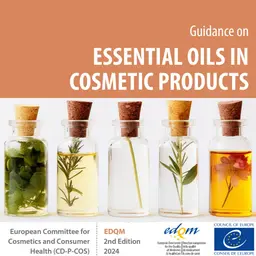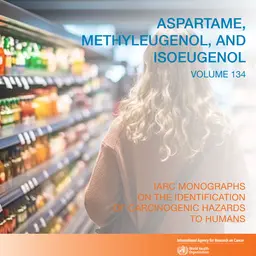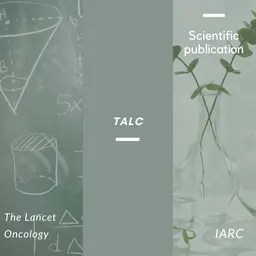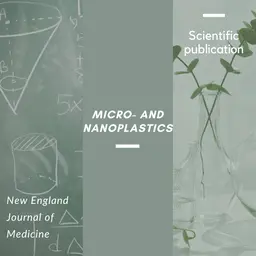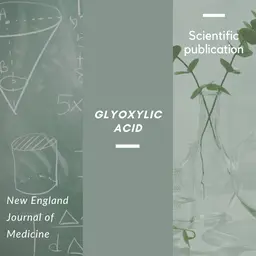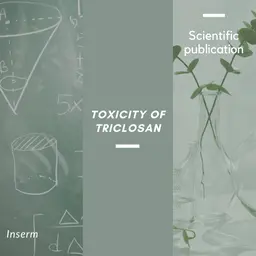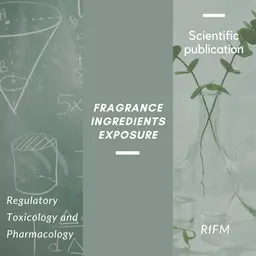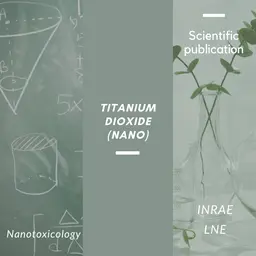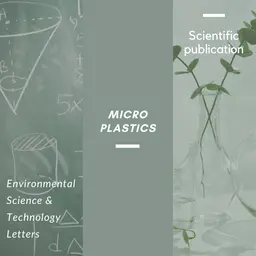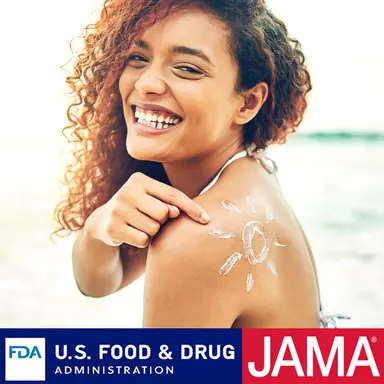
This is the second study sponsored by the US Food & Drugs Administration (FDA) on the subject. It measured the concentration in the plasma of six UV filters present in four commercially available sunscreen products. Conclusion: All of them are absorbed systemically and their plasma concentration exceeds the thresholds considered not to be of concern by the FDA. These results are again fuelling the debate as the FDA is working on a new regulation for UV filters.
This new study, Effect of Sunscreen Application on Plasma Concentration of Sunscreen Active Ingredients - A Randomized Clinical Trial, was published in the Journal of the American Medical Association (JAMA) on January 21, 2020.
The first one, Effect of Sunscreen Application Under Maximal Use Conditions on Plasma Concentration of Sunscreen Active Ingredients - A Randomized Clinical Trial, published in the same Journal last May, already showed that samples taken 24 hours after the application of sun creams proved the presence of four chemical filters (Avobenzone / Butyl methoxydibenzoylmethane, Oxybenzone / Benzophenone-3, Octocrylene and Ecamsule / Terephthalylidene dicamphor sulfonic acid) in the blood in non-negligible quantities (> 0.5 ng/ml).
Additional information
This new study, conducted on 48 people, aimed to evaluate the systemic absorption of six UV filters (Avobenzone / Butyl methoxydibenzoylmethane, Oxybenzone / Benzophenone-3, Octocrylene, Homosalate, Octisalate / Ethylhexyl salicylate and Octinoxate / Ethylhexyl methoxycinnamate), present in four types of sunscreen products (lotion, aerosol spray, nonaerosol spray and pump spray).
Sunscreen product was applied at 2 mg/cm2 oto 75% of body surface area at 0 hours on day 1 and 4 times on day 2 through day 4 at 2-hour intervals, and 34 blood samples were collected …





